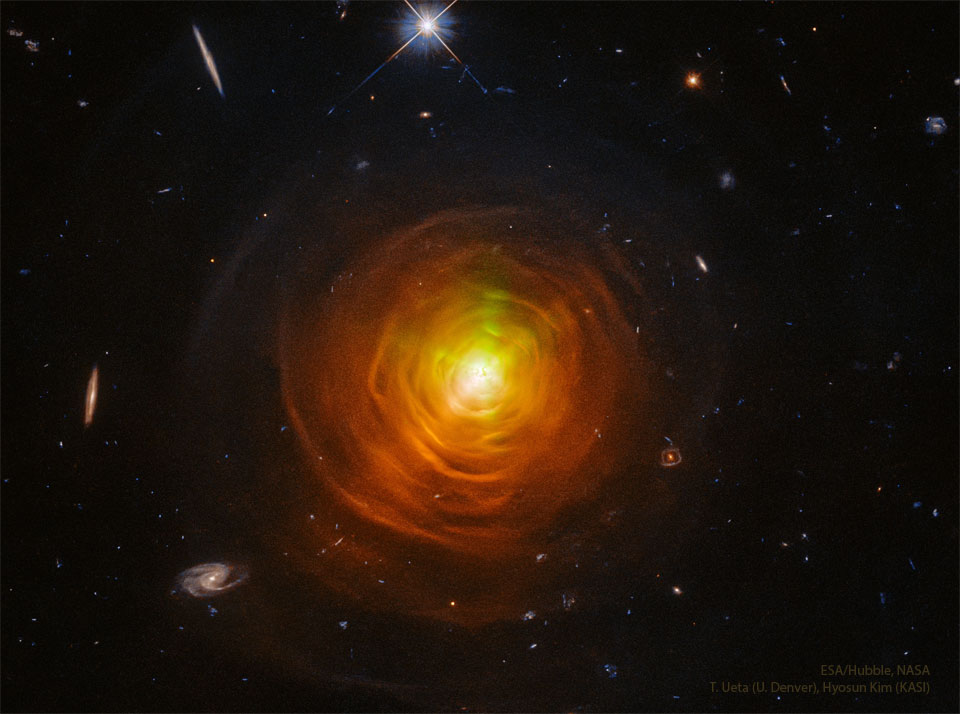钻石尘天眼
A snow covered road goes up a hill to a sky filled with stars. Arcs and halos in the sky ahead appear similar to a giant eye. Please see the explanation for more detailed information.
一条被积雪覆盖的道路拾级而上,通向满天繁星。前方天空中的光弧和光晕看起来就像一只巨大的眼睛。有关更多详细信息,请参阅说明。



